The Best Indoor and Outdoor Herb Soil
If you are searching for the best soil for your herbs this article is for you.
In this article, we will show you which types of soil there are and help you choose the best for your herbs.
Based on first-hand experience we will show you how you can maintain the soil healthy, handle soil pH, and reveal what the difference between indoor and outdoor herb soil is.


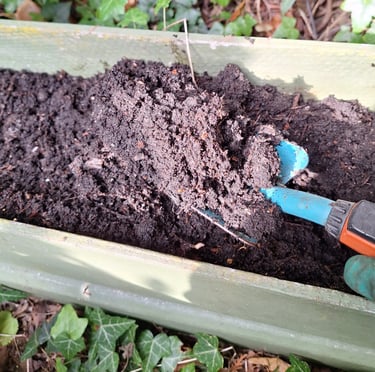





In This Article
Maintaining Soil Health
Understanding The Ideal Soil Types for Your Herbs
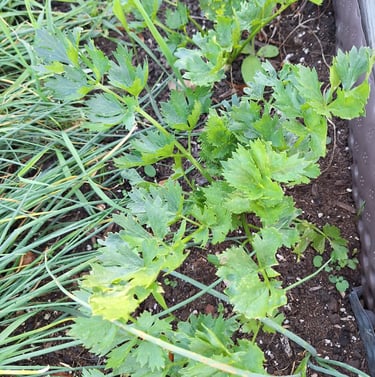

Clay soil is packed with nutrients, and is ideal for herbs like lemon balm that tolerate moisture. If you enhance it with organic matter and compost, it will improve drainage and aeration.


1. Clay Soil: Rich but Dense


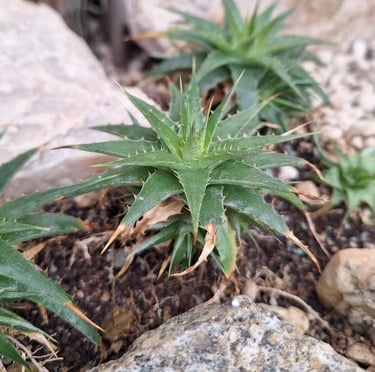

2. Sandy Soil: Ideal for Dry-Loving Herbs
Sandy soil, known for its excellent drainage, suits thyme and oregano but is also a good succulent and cactus plant soil. Adding organic compost can boost its nutrient-holding capacity.




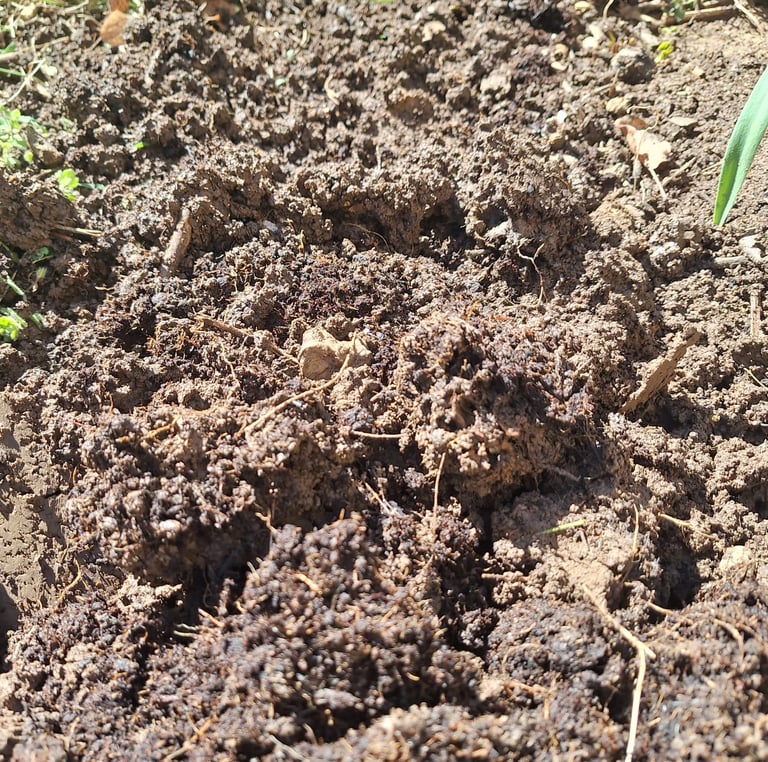

3. Loam Soil: The Herb Gardener's Dream
Loam soil is the goldilocks of garden soils - just right for planting and growing herbal plants. This perfect balance of sand, silt, and clay offers fertility, excellent drainage, and just enough water retention. Most herbs, from basil to parsley, will flourish in loam soil, making it a universally loved option for herb gardens.



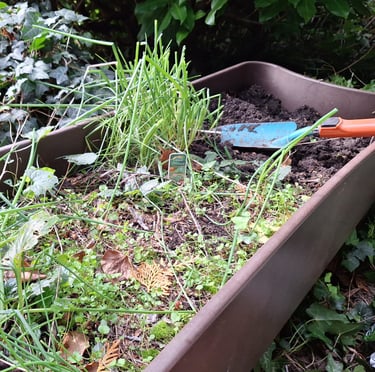

4. Chalk Soil: The Chemical Environment
Chalky soil, with its chemical nature, can be challenging for some herbs. However, Mediterranean herbs like lavender and rosemary, which are herbs that can be planted together and both prefer higher pH levels, can do quite well. Amending chalk soil with organic matter can help improve its nutrient profile.




Indoor and outdoor soil types are a little different (applies to all types of gardening methods), indoor herbs require a special touch when it comes to soil. A high-quality potting mix, designed for container gardening, is essential in our experience with multiple garden projects.
These mixes usually contain a blend of peat moss, perlite, and vermiculite, this ensures good drainage and aeration which are key factors for healthy indoor herbs. Remember, overwatering is a common pitfall in indoor gardening, so a well-draining soil mix is a must.
Special Considerations for Indoor Herb Gardening
Outdoor herb gardens offer more flexibility but also require attention to soil conditions. If you are filling your garden soil with compost, aged manure, or organic matter can improve its structure, nutrient content, and drainage capabilities these are only some of the benefits of compost.
Whether you're dealing with clay, sandy, or chalky soils, adding organic matter is often the key to transforming it into a herb-friendly haven.
Adjusting Outdoor Soil for Herb Gardening
The Role of pH in Herb Growth
Soil pH can make or break your herb garden. Most herbs prefer a neutral soil pH, but some, like the aforementioned lavender and rosemary, thrive in slightly alkaline conditions.
Testing your soil's pH is simple with a home testing kit, and adjustments can be made using lime (to increase pH) or sulfur (to decrease pH).
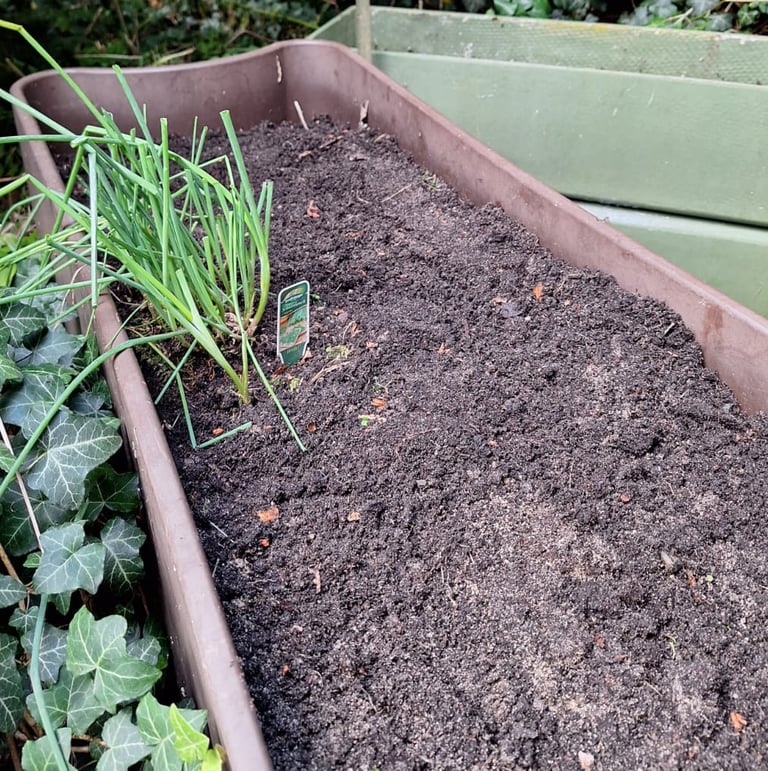





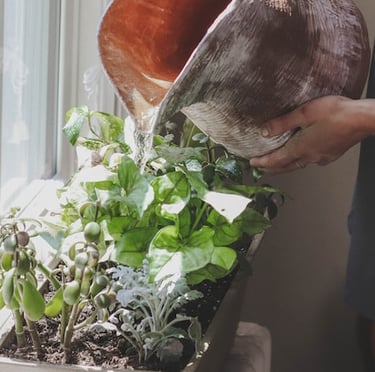

Maintaining Soil Health: The Lifeline of Your Herb Garden
The right soil type is important, but also regularly adding organic matter, such as compost or leaf mold, can keep your soil healthy and productive.
For potted herbs, consider a yearly refresh of the potting mix to replenish nutrients. Additionally, a balanced, slow-release organic fertilizer can provide a steady supply of nutrients throughout the growing season also for raised garden bed soil.




Sources
Nature and Sustainability uses only high-quality sources, including peer-reviewed studies to support the facts we describe in our articles. Please read our editorial policy to learn more about how we keep our content accurate, reliable, and trustworthy.
The nutritional needs of herbs (fertilizing information): Using Fertilizer for Herbs: If, How and When to Fertilize (thespruce.com)
Differences of indoor and outdoor plants: Difference Between Indoor and Outdoor Plants | by Paul Adam | Medium
Information on the best types of soil for herbs: The Best Soil for Herbs—Grow a Fruitful Herb Garden - Garden Therapy, What is the best potting soil for herbs? Top tips | (homesandgardens.com)
Soil pH: Soil pH | Environment, land and water | Queensland Government (www.qld.gov.au)
Loam Soil: What Is Loam Soil? (thespruce.com)
Clay Soil: Clay Soil: What It Is and How to Improve It | Garden Design
Chalk Soil: Correcting Chalky Soil - How To Fix Chalky Soil In Gardens | Gardening Know How
Share this article:




Article By:
Calin has been gardening for 5 years now and has learned a lot about gardening and plants. The gardening expert is the owner of this website and is responsible for most of the content.
Reviewed By:


Florin is responsible for reviewing most of the articles, some of the web design and occasionally making improvements so that everyhing we publish looks deam good.


